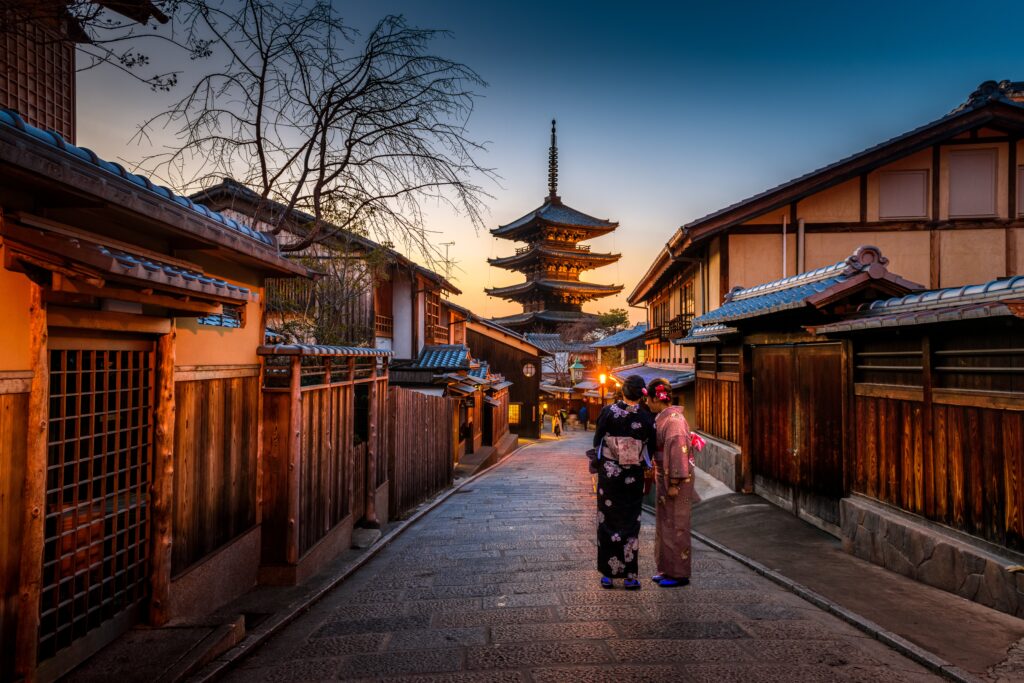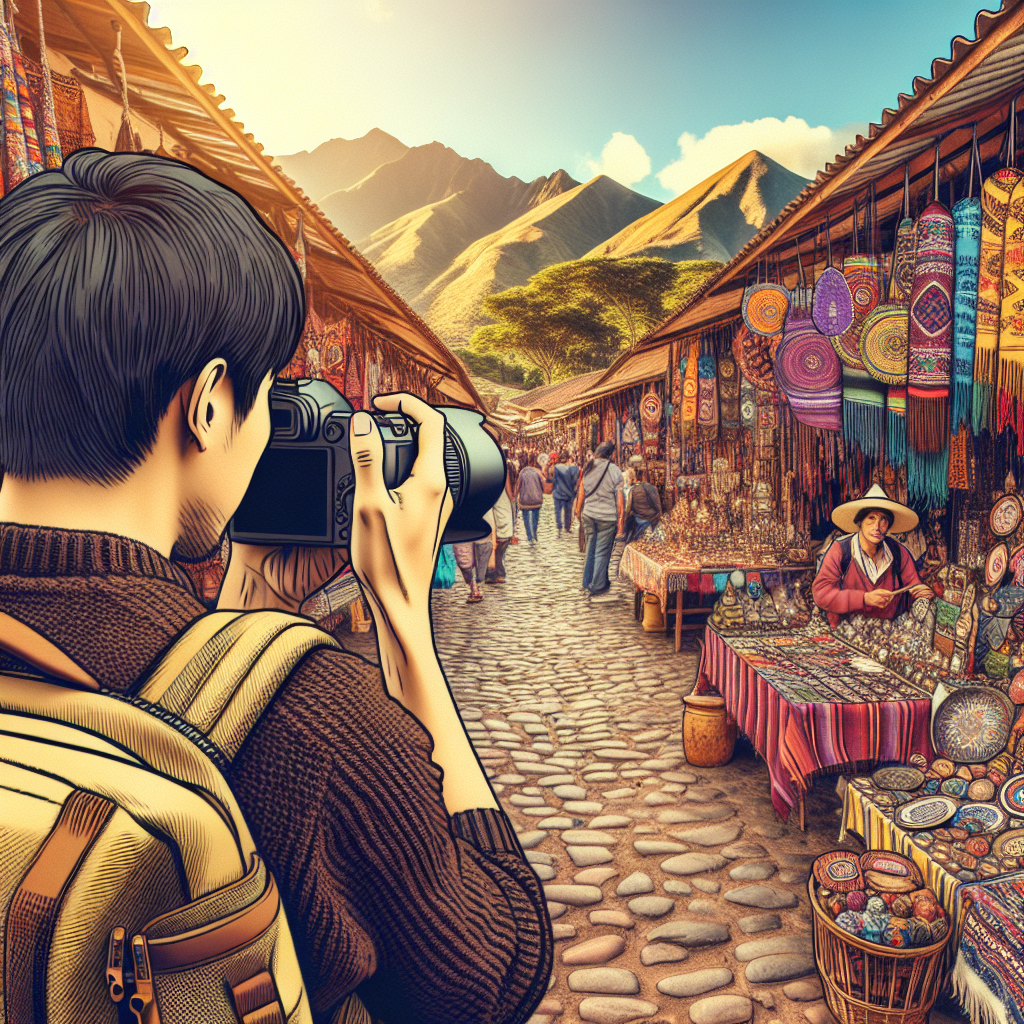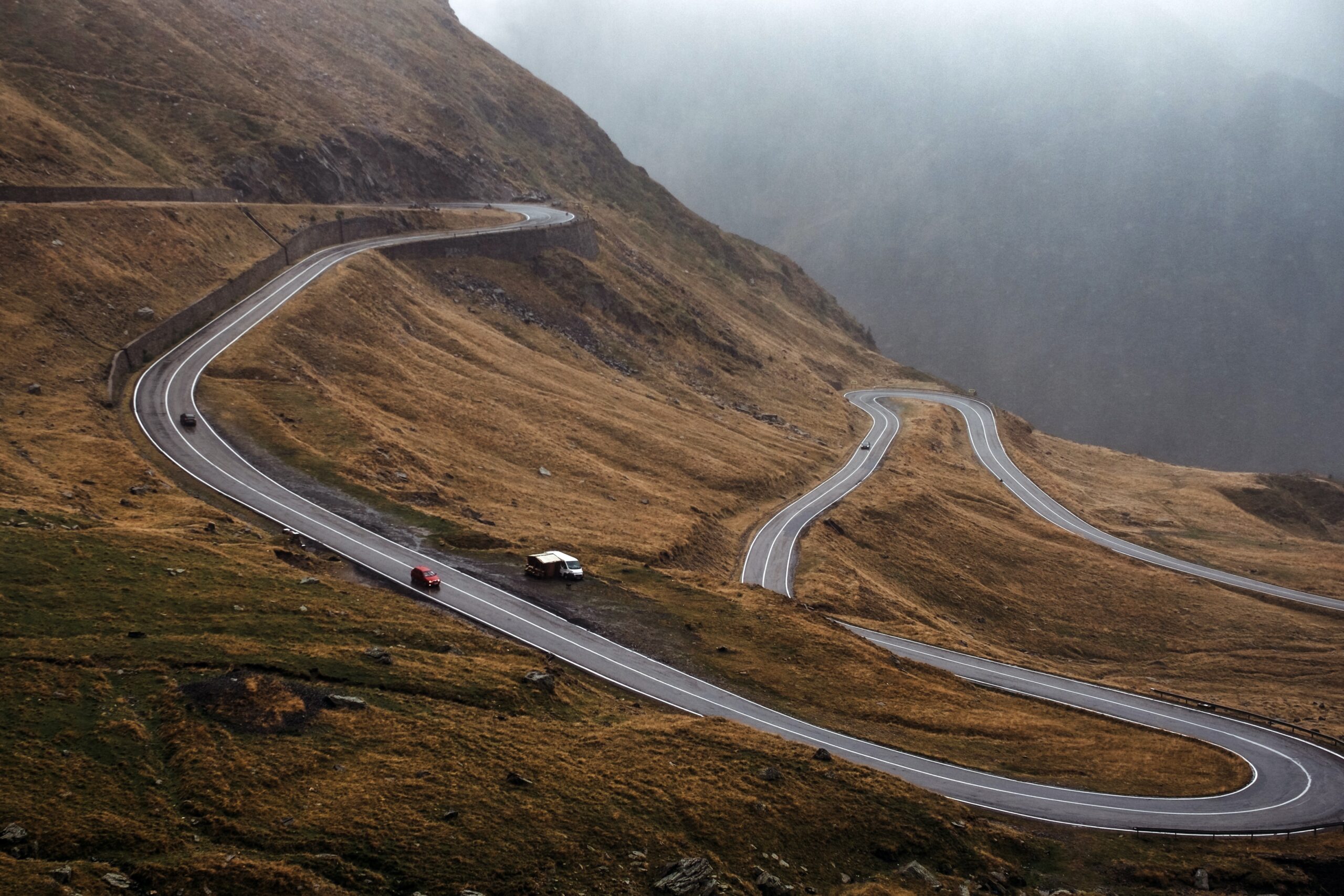Imagine yourself standing on a cobblestone street, surrounded by the vibrant colors of an unfamiliar city. The sound of bustling markets and the scent of exotic spices fill the air. You’re armed with a camera in hand, ready to capture the essence of this place and the stories it has to tell. In this guide to travel photography, you’ll discover the art of documenting your adventures, whether you’re a beginner or a seasoned pro. From finding the perfect composition to mastering lighting techniques, this article will equip you with the knowledge and inspiration to create stunning photographs that truly capture the spirit of the places you visit. So, grab your camera and let’s embark on a journey of visual storytelling!
Choosing the Right Gear for Travel Photography
When it comes to travel photography, choosing the right gear is essential to ensure that you can capture stunning images that truly portray the essence of the places you visit. Here are some key considerations when selecting your equipment:
Camera
The camera is the most important tool in a travel photographer’s arsenal. While there are a variety of camera options available, it’s recommended to invest in a DSLR or mirrorless camera that offers manual control over settings. These cameras provide superior image quality and flexibility, allowing you to adjust settings according to the lighting conditions and desired effect.
Lenses
Having a selection of lenses is crucial for capturing diverse subjects and scenes during your travels. A versatile zoom lens, such as a 24-70mm or 18-135mm, can cover a wide range of focal lengths and is great for capturing landscapes, portraits, and street scenes. Additionally, a wide-angle lens (around 10-24mm) can help capture expansive landscapes, while a telephoto lens (such as a 70-200mm) allows you to zoom in on wildlife and distant subjects.
Tripod
A sturdy tripod is a must-have accessory for travel photography, as it helps to stabilize your camera and allows you to take long exposure shots without the risk of camera shake. Look for a lightweight and compact tripod that is easy to carry during your trips.
Filters
Filters can greatly enhance your travel photos by controlling light and adding creative effects. A polarizing filter helps reduce glare and increase color saturation, while a neutral density filter enables you to achieve longer exposures and create smooth and silky water effects. Additionally, a graduated neutral density filter can help balance the exposure between a bright sky and a darker foreground in landscape photography.
Understanding Composition Techniques
Composition plays a crucial role in creating visually pleasing and impactful images. Here are some composition techniques that can help you capture the essence of the places you visit:
Rule of Thirds
The rule of thirds is a basic guideline that divides your frame into nine equal parts using two horizontal and two vertical lines. Placing your main subject along these lines or at their intersection points can create a more balanced and visually appealing composition.
Leading Lines
Leading lines are elements within a scene that naturally draw the viewer’s eye toward the main subject. These lines can be roads, paths, fences, or any other linear element that guides the viewer’s gaze through the image.
Foreground Interest
Including a foreground element in your composition adds depth and interest to your photos, drawing the viewer’s attention into the scene. This could be a rock, a tree, or any other object that helps to create a sense of scale and context.
Frame Within a Frame
Using natural elements or architectural structures to create a frame within your frame can add depth, context, and visual interest to your images. This technique can be particularly effective when photographing architecture or landscapes.

This image is property of images.unsplash.com.
Mastering Exposure and Lighting
Understanding exposure and lighting is essential for capturing well-exposed and visually pleasing travel photos. Here are some techniques to help you master exposure and make the most of available lighting:
Understanding Exposure Triangle
The exposure triangle consists of three key elements: aperture, shutter speed, and ISO. By adjusting these settings, you can control the amount of light that enters your camera and achieve the desired exposure. A wider aperture (lower f-stop number) allows more light into the camera, while a faster shutter speed and lower ISO reduce the amount of light.
Using Natural Light
Natural light can create beautiful and emotive travel photos. Make the most of soft and flattering light during the golden hour, which is the hour after sunrise or before sunset. During this time, the light is warm and gentle, creating a magical atmosphere and adding a touch of romance to your images.
Utilizing Golden Hour
The golden hour, as mentioned earlier, refers to the period just after sunrise and before sunset. During this time, the light is warm, soft, and diffused, casting a golden hue on your subjects. Golden hour lighting is ideal for capturing landscapes, portraits, and architectural details with a warm and inviting ambiance.
Using Fill Flash
In situations where the natural light is too harsh or the subject is backlit, using fill flash can help balance the exposure and provide additional light to illuminate shadows. This technique is particularly useful when photographing people or subjects against bright backgrounds.
Capturing Landscapes
Landscapes are a popular subject in travel photography as they capture the beauty and grandeur of the places we visit. Here are some tips for capturing stunning landscape images:
Scouting Locations
Before setting out to photograph landscapes, take some time to research and scout locations that offer interesting and unique views. Look for viewpoints, hiking trails, or local landmarks that can provide a different perspective on familiar landscapes.
Including Foreground Elements
Including a foreground element in your landscape composition can add depth and lead the viewer’s eye into the scene. Look for interesting rocks, flowers, or other elements that can serve as visual anchors and add interest to your photos.
Using Wide-Angle Lenses
Wide-angle lenses are a popular choice for landscape photography, as they allow you to capture a wider field of view and emphasize the vastness of the scene. They also help to create a sense of depth by exaggerating the distance between foreground and background elements.
Adjusting Shutter Speed and Aperture
When photographing landscapes, adjusting the shutter speed and aperture can help you capture the desired effect. A small aperture (higher f-stop number) can create a greater depth of field, ensuring that both the foreground and background are in sharp focus. Additionally, using longer shutter speeds can capture the movement of clouds or water, creating a sense of motion and adding drama to your images.

This image is property of images.unsplash.com.
Photographing Architecture and Cityscapes
Architecture and cityscapes offer endless opportunities for creative and captivating travel photos. Here are some tips for capturing the beauty of architectural wonders and vibrant city scenes:
Finding Unique Angles
When photographing architecture and cityscapes, strive to find unique angles that showcase the structure’s distinct features. Experiment with different vantage points, such as getting low to the ground or shooting from above, to capture the architecture in a fresh and creative way.
Using Wide-Angle and Tilt-Shift Lenses
Wide-angle lenses are often used for photographing architecture as they allow you to capture the entire structure within the frame. Tilt-shift lenses can correct perspective distortion and keep vertical lines straight, especially when shooting tall buildings from ground level.
Incorporating Reflections
Reflections can add an extra dimension to your architectural and cityscape photos. Look for water bodies, glass surfaces, or polished materials that can reflect the buildings or skyline, creating a visually interesting and dynamic image.
Utilizing Symmetry
Symmetry is a powerful compositional tool that can create a sense of balance and harmony in your photos. Look for symmetrical buildings or elements within a cityscape and position yourself accordingly to capture a perfectly symmetrical image.
Portraying People and Culture
When traveling, capturing the essence of people and their culture is an important aspect of travel photography. Here are some tips for creating authentic and meaningful portraits:
Building Trust and Establishing Connections
Taking portraits of people you encounter during your travels requires building trust and establishing connections. Take the time to communicate with your subjects, learn about their culture and traditions, and show genuine interest in their lives. This will help create a more natural and authentic portrait.
Capturing Authentic Moments
Rather than posing your subjects, try to capture candid and spontaneous moments that reflect their true personalities and emotions. Be patient and observant, and anticipate moments that convey a story or evoke a genuine response.
Respecting Cultural Sensitivities
When photographing people from different cultures, it’s important to be respectful and considerate of their customs and sensitivities. Always ask for permission before taking someone’s photo, and be aware of any cultural norms or restrictions that may apply.
Using Different Perspectives
Experimenting with different perspectives can add variety and interest to your portraits. Try shooting from different angles or using a shallow depth of field to emphasize your subject, while blurring the background to create a more intimate and engaging portrait.

This image is property of images.unsplash.com.
Photographing Street Scenes
Street scenes offer a vibrant and dynamic atmosphere that can make for compelling travel photos. Here are some tips for capturing the energy and essence of street life:
Finding Interesting Characters and Activities
Walk the streets and look for interesting characters, activities, or cultural events that can add life and storytelling to your images. Markets, festivals, and everyday interactions can all offer unique opportunities for capturing the essence of a place.
Using Candid Approaches
Candid photography can capture the authenticity and natural behavior of people in street scenes. Instead of asking your subjects to pose, try blending into the surroundings and capturing genuine moments as they unfold. Remember to be respectful and considerate in your approach.
Highlighting Patterns and Colors
Street scenes are often filled with vibrant colors and visually interesting patterns. Look for brightly colored walls, vibrant street art, or patterns created by people’s clothing or architecture. These elements can add depth and visual interest to your street photography.
Capturing Motion and Energy
Street scenes are dynamic, filled with movement, and bustling with energy. Experiment with slower shutter speeds to capture the motion of people walking or vehicles passing by. This technique can add a sense of excitement and liveliness to your images.
Documenting Wildlife and Nature
When traveling to natural and wildlife-rich destinations, capturing the beauty of the flora and fauna becomes an important part of your travel photography. Here are some tips for photographing wildlife and nature:
Researching Animal Behavior and Habitats
Before embarking on a wildlife photography adventure, it’s essential to research the behavior and habitats of the animals you wish to photograph. This knowledge will help you anticipate their movements, choose the right location, and increase your chances of capturing their natural behavior.
Using Telephoto Lenses
To capture wildlife from a safe distance, a telephoto lens is essential. A focal length of 200mm or longer allows you to get close-up shots of animals without disturbing them or putting yourself at risk.
Patience and Timing
Wildlife photography requires patience and timing. Settle in a hide or observation point, observe the animals’ behavior, and wait for the perfect moment to capture that decisive shot. Patience and persistence often lead to the most rewarding images.
Photographing Macro Details
In addition to capturing the larger wildlife, don’t forget to explore the small and intricate details found in nature. Macro photography allows you to capture the beauty of flowers, insects, and other tiny elements that make up the ecosystem.

Editing and Enhancing Travel Photos
Editing and enhancing your travel photos can elevate your images to the next level. Here are some tips for post-processing your photos:
Choosing the Right Software
There are numerous photo editing software options available, ranging from basic to advanced. Choose software that suits your needs and level of expertise. Some popular options include Adobe Lightroom, Capture One, and Photoshop.
Adjusting Exposure and White Balance
One of the first steps in editing your travel photos is adjusting the exposure and white balance. This helps to correct any exposure issues or color casts and ensure that your images accurately represent the scene you captured.
Cropping and Straightening
Cropping and straightening your images can help improve composition and remove any distracting elements. This is particularly useful if you didn’t get the framing exactly right when capturing the photo.
Enhancing Colors and Contrast
Adjusting the colors and contrast can add depth and vibrancy to your travel photos. Experiment with sliders for saturation, vibrance, and contrast to find the right balance and make your images pop.
Tips for Traveling with Photography Gear
Traveling with photography gear requires careful planning and consideration to ensure the safety of your equipment and compliance with local laws. Here are some essential tips for traveling with your photography gear:
Protecting Your Equipment
Invest in a good quality camera bag or backpack that offers padding and protection for your gear. Additionally, consider using lens and camera body caps, protective filters, and lens hoods to prevent damage.
Managing Weight and Space
Traveling light is crucial when it comes to photography gear. Consider your destination and the type of photography you’ll be doing to determine what gear you really need. Aim to pack versatile equipment and avoid overpacking, as this can become cumbersome and tiring during your travels.
Ensuring Backup and Storage
Carrying extra memory cards and backup storage devices is essential to ensure that you don’t run out of storage space for your images. It’s also a good idea to back up your photos to a cloud storage service or an external hard drive to prevent loss in case of theft or damage to your equipment.
Respecting Local Laws and Customs
When traveling to different countries, it’s important to familiarize yourself with local laws and customs regarding photography. Some places may have restrictions on photographing certain sites or people, so it’s crucial to be respectful and seek permission when necessary.
In conclusion, travel photography offers a wonderful opportunity to capture and document the essence of the places you visit. By choosing the right gear, mastering composition techniques, understanding exposure and lighting, and exploring different genres of travel photography, you can create stunning and meaningful images that reflect your unique perspective and experiences. Remember to always respect local laws and customs, build connections with people, and have fun on your photography adventures!


